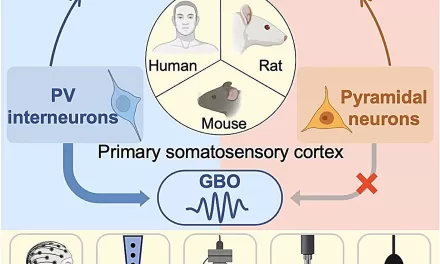The Lancet published a groundbreaking study by the Institute for Health Metrics and Evaluation (IHME) on Wednesday, revealing significant disparities in the well-being of Americans as measured by lifespan, education, and income. The study adapted the Human Development Index (HDI), a measure of overall well-being traditionally used at a national level, to evaluate trends and inequities among individuals in the U.S. from 2008 to 2021.
This analysis highlights alarming inequities by race, ethnicity, sex, and geography. While HDI rose gradually for all demographic groups from 2008 to 2019, it declined in 2020 due to drops in life expectancy, a trend exacerbated by the COVID-19 pandemic.
Racial and Ethnic Disparities: Who Experiences the Lowest Well-Being?
The findings indicate that Native American, Black, and Latino populations are most likely to fall into the lowest levels of well-being. Among American Indian and Alaska Native (AIAN) males, a staggering 50% were within the lowest 10% of the HDI, with a quarter of AIAN females similarly affected. In comparison, Black and Latino males also experienced high rates of low HDI, with 40% and 21%, respectively, in the bottom decile. White males represented only 8% of this group, but as the largest racial group in the U.S., they constituted the highest absolute numbers in the lowest HDI segment (27%).
Asian Americans and White females generally exhibited the highest HDI levels, emphasizing a stark contrast across racial lines. Dr. Christopher J.L. Murray, IHME Director, described the findings as “a call for urgent action by policymakers, educators, and public health experts to address systemic disparities.”
Geographic Inequities: A Regional Breakdown
The study also pointed to geographical divides in HDI. Southern states, Appalachia, and parts of the Rust Belt were disproportionately represented in the lowest HDI segments, while residents in Colorado, Maryland, New York, California, Virginia, and Washington, D.C., were more likely to rank in the top 10%.
“These regional disparities reflect historical inequalities and underscore the need for region-specific policy interventions,” said IHME Associate Professor Laura Dwyer-Lindgren, a lead author on the study. She emphasized the importance of addressing structural inequalities to ensure a healthier, more inclusive future.
Generational and Gender Differences
HDI rankings also reveal generational differences, with younger age groups’ lowest HDI segments dominated by males, while among older adults, females made up a larger share of the low HDI ranks. For example, white males aged 85 and older comprised 49% of the highest HDI group in their age category, compared to only 5% among those aged 25-44.
Pandemic-Driven Declines and the Need for Targeted Social Programs
The COVID-19 pandemic exacerbated these disparities, with life expectancy declines affecting all groups but disproportionately impacting marginalized populations who were more likely to face high exposure or essential work conditions. This further reduced HDI levels in these communities, highlighting the need for sustained social and economic support.
The study forms part of a series expected in a special issue of The Lancet on U.S. health policy, set for release on December 5, 2024. The IHME’s findings, led by Laura Dwyer-Lindgren, call for targeted social programs aimed at dismantling entrenched inequities and promoting lasting, sustainable improvements in the well-being of all Americans.
For more information: Dwyer-Lindgren et al., Disparities in well-being in the USA by race and ethnicity, age, sex, and location, 2008–21: an analysis using the Human Development Index, The Lancet (2024).












